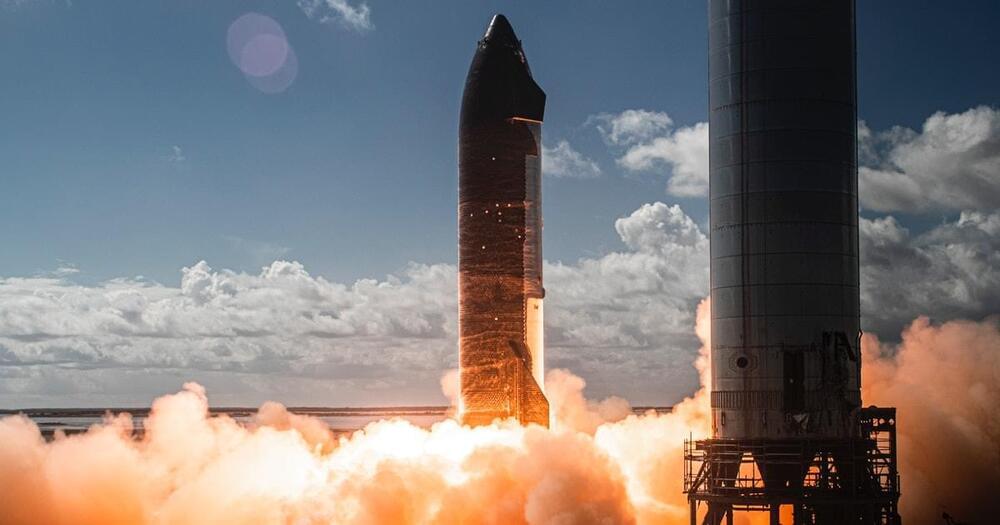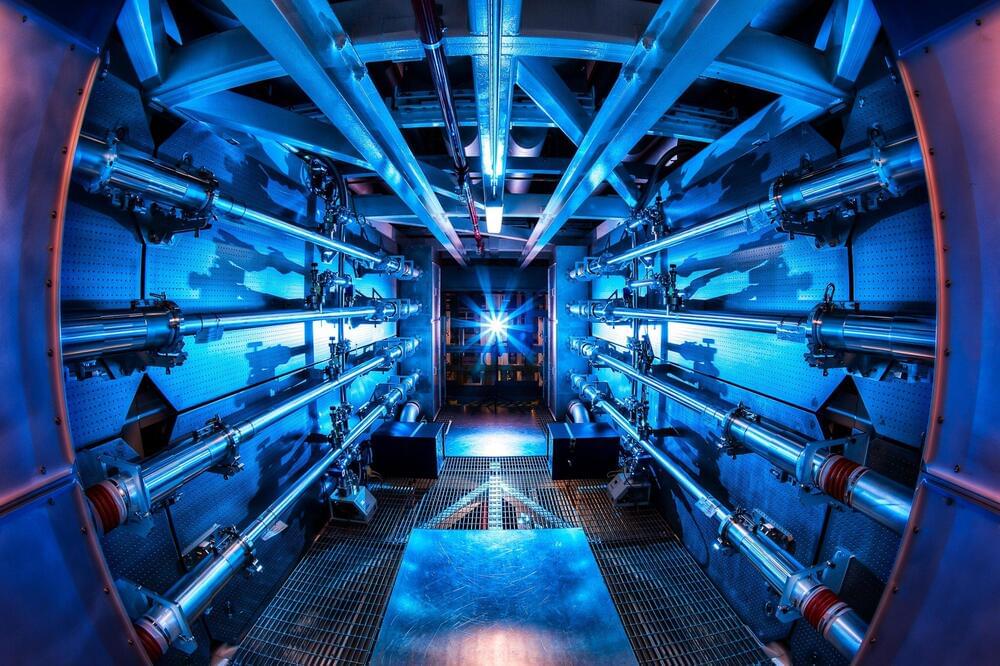Facebook’s vision of the Metaverse has been criticized by both consumers & other companies for its obvious dystopian outlook. But one of the most prominent Augmented Reality Companies in the world, Niantic has shown a much better looking futuristic vision of the metaverse. One in which the real world would only get augmented instead of completely replaced like in Meta’s vision of it. Niantic’s Lightship platform and future augmented reality glasses are meant to be a look into a future where privacy and social interactions are of uttermost importance and the dystopian nightmare future wouldn’t be a big problem. Let’s see what companies such as Apple or niantic think of this.
–
TIMESTAMPS:
00:00 The unfortunate fate of the Metaverse.
02:01 What is this future going to look like?
03:59 Facebook’s Creepy Vision of the Workplace.
06:29 A possible solution by Niantic.
08:35 Last Words.
–
#facebook #meta #metaverse
Get the latest international news and world events from around the world.


Israel Unveils ‘Revolutionary’ New Scorpius Electronic Warfare System
Israel has recently unveiled a new electronic warfare system called Scorpius that its manufacturer, Israel Aerospace Industries, says has capabilities that will revolutionize electronic warfare.
“If you’re using the wider beam, then you’re definitely catching your target, but you’re also catching a whole lot of other stuff, including friendly forces in the same beam,” Fustick said.
Scorpius’ combined use of a wide beam, to scan for potential threats in all directions, and narrow beams, to target such threats, gives its operator “wide effect with minimum collateral interference.”
“We believe this is the revolution. It’s the future of electronic warfare,” Fustick said.

Type Of Water Ice Hotter Than The Sun’s Surface Is A New Phase Of Matter
If you think of very low temperatures, there’s a good chance you are picturing ice. Ice is a quintessential “cold” thing for us. But at extreme pressures, like in the core of large planets, something peculiar can happen. Ice can remain solid but have a temperature hotter than the surface of the Sun.
This type of water ice is called “superionic ice” and has been added to the list of around 20 phases water can structurally form, including ice, liquid, and vapor. Now, researchers report in Nature Physics the discovery and characterization of two superionic ice phases, having found a way of reliably and stably recreating the ice for longer than has previously been achieved to be able to study it.
One superionic phase extends between 200,000 and 60,000 times the atmospheric pressure at sea level and at a temperature of several hundred to over 1,000 ° C. The other phase extends to half the pressure experienced at the center of the Earth and with temperatures of thousands of degrees.
Why We Have No Way to Fight Against North Korean Hackers
The new form of war is already here and most don’t realize it.
Thanks to Hone for sponsoring this video! Go to https://honehealth.com/thoughty2 to get your home assessment test and a doctor’s consultation for only $45!
Get my new book Bread and Circuses: https://bit.ly/breadandcircusesbook.
Listen to my new podcast Random Interesting Facts: http://bit.ly/RIFThoughty2
Or watch it on YouTube: http://bit.ly/RIFPodcastYT
Thoughty2 Audiobook: https://geni.us/t2audio.

Fusion Breakthrough: At the Brink of Fusion Ignition at National Ignition Facility
Experiments conducted in August achieved a record yield of more than 1.3 megajoules.
After decades of inertial confinement fusion research, a record yield of more than 1.3 megajoules (MJ) from fusion reactions was achieved in the laboratory for the first time during an experiment at Lawrence Livermore National Laboratory’s (LLNL) National Ignition Facility (NIF) on August 8, 2021. These results mark an 8-fold improvement over experiments conducted in spring 2021 and a 25-fold increase over NIF’s 2018 record yield (Figure 1).
NIF precisely guides, amplifies, reflects, and focuses 192 powerful laser beams into a target about the size of a pencil eraser in a few billionths of a second. NIF generates temperatures in the target of more than 180 million F and pressures of more than 100 billion Earth atmospheres. Those extreme conditions cause hydrogen atoms in the target to fuse and release energy in a controlled thermonuclear reaction.
What If Humanity Was A Type IV Civilization? | Unveiled
What would humanity be like if it was Level 4 on the Kardashev Scale? In this video, Unveiled takes a dramatic trip into the future to discover how the human race would change and evolve if it ever hoped to be a Type IV Civilization. We’re talking a whole universe’s worth of power and energy here, so hold on to your hats!
This is Unveiled, giving you incredible answers to extraordinary questions!
Find more amazing videos for your curiosity here:
What If Humanity Was a Type II Civilization? — https://www.youtube.com/watch?v=y6Aj_bnZ3Gs.
What If Humanity Was a Type V Civilization? — https://www.youtube.com/watch?v=DGB7hPX0wc0
Are you constantly curious? Then subscribe for more from Unveiled ► https://wmojo.com/unveiled-subscribe.
#Civilization #KardashevScale #WhatIf
What If Humanity Was a Type VII Civilization? | Unveiled
It’s the BIG one! The FINAL LEVEL on the Kardashev Scale! In this video, Unveiled discovers what the world would be like if humanity could complete the Kardashev Scale and become the most advanced civilisation it’s possible to be… This goes beyond gods and monsters, to the incredible, immortal heart of the omniverse!
Let us know what you think in the comments!
This is Unveiled, giving you incredible answers to extraordinary questions!
Find more amazing videos for your curiosity here:
What If Humanity Was a Type II Civilization? — https://www.youtube.com/watch?v=y6Aj_bnZ3Gs.
What If Humanity Was a Type IV Civilization? — https://www.youtube.com/watch?v=pKOpYkmUfv0
Are you constantly curious? Then subscribe for more from Unveiled ► https://wmojo.com/unveiled-subscribe.
#Civilization #KardashevScale #WhatIf

If Elon Musk Is Modern Day Henry Ford, He’ll Have to Prove It in Germany
Tesla’s CEO believes he can radically change how cars are put together.